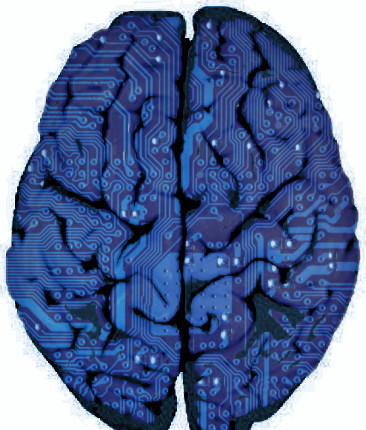Oxytocin plays protective role
 Researchers say they have found a second function for oxytocin in the brain.
Researchers say they have found a second function for oxytocin in the brain.
Oxytocin is well known as a ‘trust hormone’, used to help form the chemical bonds that tie mother and baby, for example.
But new research suggests it also plays a role in anxiety and drug addiction.
Brain cells containing the oxytocin receptor, located in the ancient reptilian part of the brain, stop people from drinking too much salty water when thirsty.
These brain circuits are also important for patients with heart or kidney damage, who can end up with too much fluid in their bodies, doing even further damage to patient’s vital organs.
Intriguingly, these oxytocin brain circuits regulating salt may also be involved in anxiety and drug addiction, suggests new research, opening the way for potential therapies.
Dr Philip Ryan, from the Florey Institute of Neuroscience and Mental Health in Melbourne, used a combination of chemical, genetic and imaging experiments to tease out the role of oxytocin receptor cells in the brain circuits controlling our hunger, thirstiness and desire for salt – all crucial pathways that arose during mankind’s evolutionary struggle to survive.
Dr Ryan first showed that oxytocin receptor cells were located in an area of the hindbrain called the parabrachial nucleus (PBN). The PBN has previously been implicated in regulating how much we eat, drink and seek salt.
“What hasn’t been clear up to this point was the precise groups of PBN cells responsible for these behaviours, and how,” Dr Ryan said.
“Using genetically engineered mice we turned the oxytocin receptor cells on and off, and showed the cells reduced fluid intake, but had no effect on food intake.”
Then, examining the oxytocin receptor cells after the mice had been denied salt or fluid, Dr Ryan saw the cells switch on again only after the mice had rebalanced their need for salt or water.
The cells actually protected the body against excessive fluid or salt intake after a period of dehydration or salt deprivation.
Finally, Dr Ryan examined other parts of the brain that could activate the oxytocin receptor cells. When stimulated, these cells were part of a chain reaction, reducing fluid intake by the mice.
“Excitingly, given the brain regions involved in the oxytocin circuit, we think these cells are going to play a role in more complex behaviours, like anxiety,” he said.
“Also, given the role of salt satisfaction in the same reward pathway that gets hijacked by addictive drugs, this research opens up potential avenues for new addiction treatments.”
His latest finding have been published in Nature Neuroscience.







 Print
Print